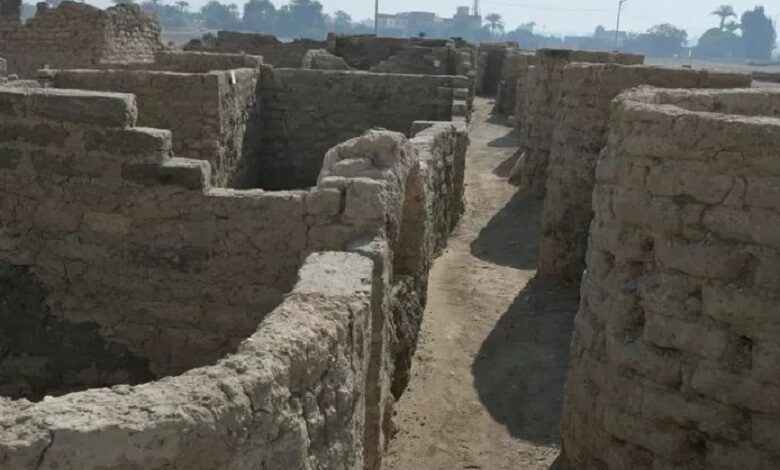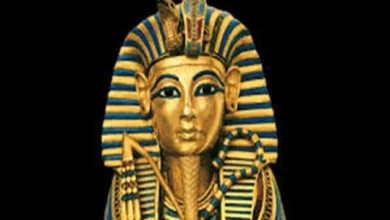Egyptian archaeologists uncover 3,400-year-old ‘Lost Golden City’

Archaeologists in Egypt have uncovered a city with three palaces from the time of the Pharaohs. The city, probably the largest in ancient Egypt, lay unseen under the sand for centuries near Luxor, not far from the Kings’ famous Valley. Many buildings and artifacts have survived the test of time relatively well.
The city in central Egypt was built more than 3,400 years ago during the mighty pharaoh Amenhotep III’s reign. Excavations began in September in search of a temple. According to Egyptian archaeologist Zahi Hawass, brick structures with almost complete walls and rooms full of details were soon discovered in all directions.
Apart from everyday utensils like pots and ovens, (parts of) statues, rings and scarabs were found.
American Egypt expert Peter Lacovara called the ‘Pompeii-like’ city an important discovery, referring to that Italian archaeological site. “The discovery of this lost city is the second most important archaeological find since the tomb of Tutankhamun,” said Professor of Egyptology Betsy Brian from the US Johns Hopkins University.
Tutankhamun
During the reign of Tutankhamun, many people are thought to have lived in the “Lost Golden City”. Tutankhamun belonged to the 18th dynasty of pharaohs and ruled Egypt shortly in the 14th century BC. His tomb was discovered in 1922 by the British Howard Carter.
Although Tutankhamun himself did not perform any great deeds, he became world-famous because his tomb was untouched and contained numerous treasures. When he died, he was only 19 years old.




